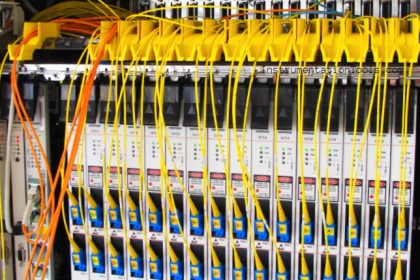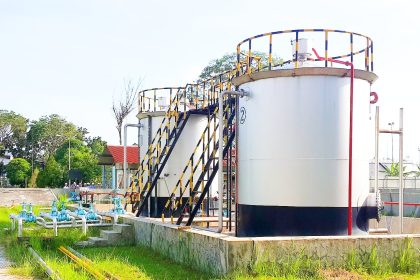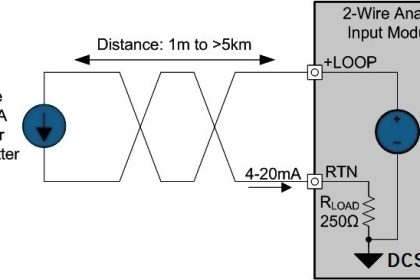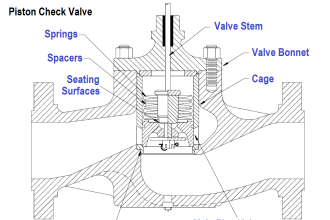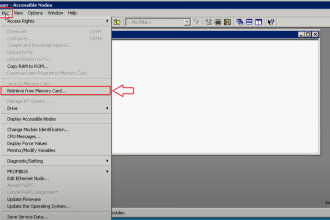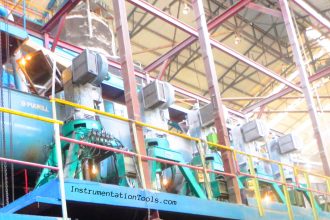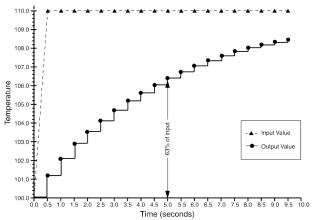An alarm is a condition that is used to alert or warn the user of any critical or non-critical condition that can be important or dangerous for further operation. In industrial automation, it is virtually impossible to design any system without alarm configuration.
Various types of alarms can be configured in a process system of automation. It is called a process alarm. In this post, we will see the concept of a process alarm and understand how it works.
Process Alarm

A process alarm, as the name implies, caters to various alarms that can occur in a process of industrial automation. Automation is a very critical application and if any abnormal condition is ignored, then it can hamper the whole process or worst case, the whole plant.
So, it is important to understand the alarms that have occurred and treat them accordingly. Usually, a process alarm comes in the way of a bright message. In conjunction with that, a hooter is turned on. This alarms the user of any abnormal condition that has occurred. Now, the user can either acknowledge the alarm or rectify the alarm.
If the alarm has been acknowledged, then it means the user has seen it and is now going to check and correct it. If the user has rectified the alarm, then it means the user has corrected it and will now acknowledge the alarm.
Types of Alarms
The popular types of process alarms are mentioned below.
- Nuisance alarm,
- Frequent alarm,
- Normal alarm,
- Suppression alarm
Nuisance alarm
Nuisance means disturbance. In alarm conditions, a nuisance alarm occurs frequently in a very short period of time. It is also known as chattering.
For example, consider a differential pressure switch mounted before the filter. When the airflow starts initially, the fluctuations are very high. Due to this, the alarm will come and go frequently in a very short time.
After that time, the airflow will become normal and the alarms will stop coming. So, these types of alarms need to be handled carefully. Because the hooter will trigger repeatedly and can annoy the user. So many times, a programmer gives a window time during which the alarm will not occur at all, irrespective of the air changes.
Frequent alarm
This alarm will come after some period of time, but will come for sure. It will not chatter and harass the user but will come in a fixed or average set of time.
This alarm is of great importance, as it tells the user that the abnormal condition is happening frequently and needs to be addressed. It will prepare the operator for any next alarm coming.
Normal alarm
This alarm will not come frequently. It will occur properly based on an abnormal condition that can happen.
For example, a tank level when going low-low will trigger an alarm and then, it will take time to fill the tank. After some time, the tank will be filled till a low level and a low-level alarm will occur.
Suppression alarm
Many times, equipment or a sensor fails. In that case, the alarm will come constantly and give wrong ideas to the user. In that case, that alarm will be suppressed.
It means the logic will identify such conditions and suppress the alarm until the condition becomes healthy again. At that time, the alarm will not occur at all.
Important points to consider in a process alarm
A process alarm is configured in the program as two types –
- Analog
- Digital.
Digital alarm gives a single value option (0 or 1), whereas analog alarm gives multi value option. It will be like HH, H, L, and LL. This gives the flexibility to design an alarm condition accordingly.
Every alarm must not be made analog. Too many and unwanted alarms can confuse the user and instead create a mistake. This is dangerous for plant operation.
Generate an alarm only if required in the logic. This means, that if a natural process is happening which is correct, and an alarm is written for that, then it is wrong.
Create groups of alarms or prioritize them according to criticality. This helps the user to deal with the alarm accordingly.
If you liked this article, then please subscribe to our YouTube Channel for Instrumentation, Electrical, PLC, and SCADA video tutorials.
You can also follow us on Facebook and Twitter to receive daily updates.
Read Next:
- DCS Alarm Summary
- PLC Alarm Acknowledge
- Categorization of Alarms
- What is Alarm Prioritization?
- PLC Alarm Acknowledge

